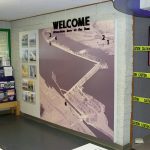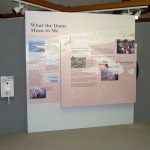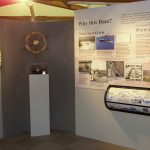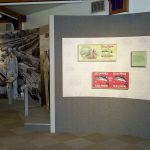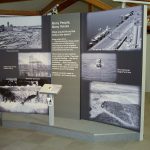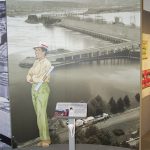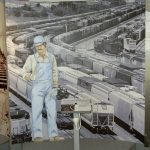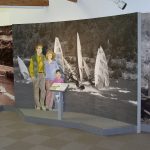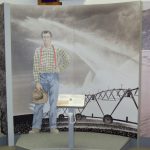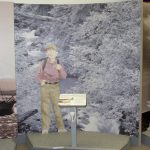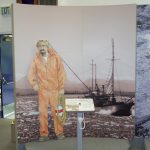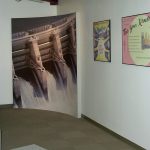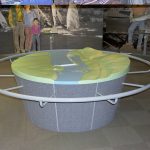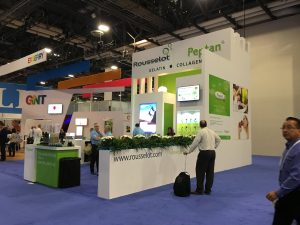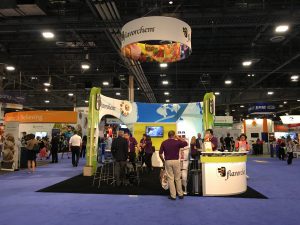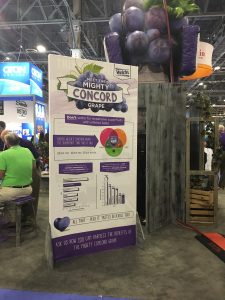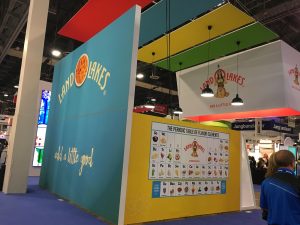10 Reasons to Change Exhibit Houses
Most companies we work with at TradeshowGuy Exhibits work with one exhibit house for several years, and the urge to change doesn’t come around much. Maybe you’ve been comfortable or years, but something changes. Could be minor, could be major. But it does happen. People change, goals change, situations change. Changing vendors can be challenging and pose a set of challenges. Lots of people are uncomfortable with change and prefer to stick with something even though it’s a good idea to at least look around.
When doing your evaluation, look at all options. One option might mean staying with your current vendor. But when evaluating, make one list with those that are considered competent service providers and those that might be looked at as critical partners.
What reasons might you have – valid reasons – for shopping around for another exhibit house? Let’s take a look at some things that might come up.
Your needs and goals have changed. It may be that you’re working with an exhibit house that excels in smaller exhibits, such as inline modular booths, but you want something custom. Turns out that your current vendor may be able to do what you want, but it’s a stretch. Or perhaps you want more, such as a coordinated tradeshow marketing strategy with planning and execution, and all your current vendor does is design and fabricate exhibits.
Their designers aren’t thinking out of the box like you’d like. Exhibits can get really wild and weird, believe me. I’m sure you’ve seen them! But if the exhibit house you currently work with has a group of in-house designers that seem to stick with the tried-and-true, and never really show you something wacky, it might be time to find another designer. This doesn’t necessarily mean you need to move on from the same fabricator, it may just mean bringing in an outside designer.
Lack of Communication. Do you hear from your exhibit house only when you reach out to them for something? Or do they stay in communication frequently even though a show is not currently pending?
Problems with Delivery. In the tradeshow world, deadlines run the show. Does your exhibit house meet deadlines without breaking a sweat, or do you feel that they’re struggling – which means you’re anxious much of the time? The most reliable vendors can hit a bump in the road on occasion, but if that happens do they communicate that to you? Or is the failure to deliver consistently a trend in the wrong direction?
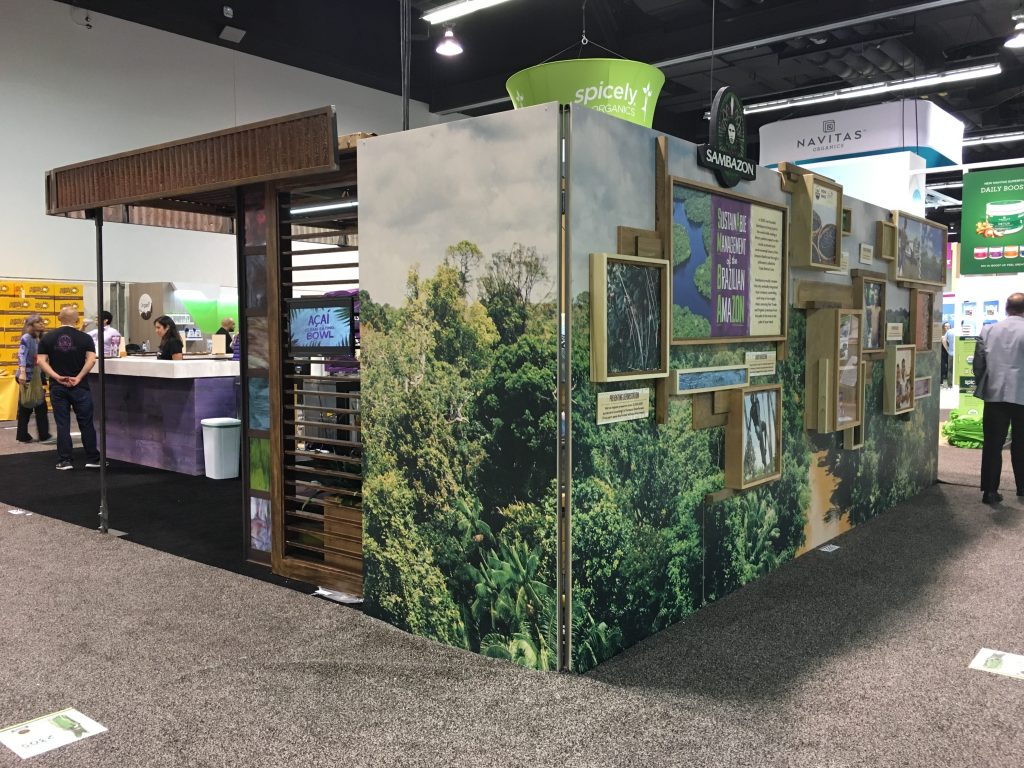
They take you for granted. Big exhibit houses are equipped to handle everything from small in-lines to gigantic island booths that spill out of a show’s floor, it seems. If you’re one of their small customers, it may be that they just assume you’re well-taken care of without really checking. Sometimes a lack of communication tells you that they have other priorities.
Poor Service. If a company really wants and values your business, you’ll see it in their service. There shouldn’t be invoice errors, lack of attention to detail, slow response time.
The person that’s handled your account has moved on. The new person doesn’t really “get” you. It may mean that you have to work to get to know them better. But as the account manager, that falls more heavily on them to retain the business than it does on you.
Personality clash. This could be anything (politics, religion, brusqueness, and so on). It may not mean it’s time to move on. It may just mean you need to deal with another person at the company.
Pricing. Not only what is the price, but what are you getting for the money? Some vendors are great at providing a basic service at a good price. Others may be more skilled with more resources who can creatively collaborate, but that may come at a cost you’re not quite ready for. An unexpected price increase may also spur a change. Price increase happen, everyone does it over time. But if a price increase is coming on things that you normally purchase from your exhibit house (graphics, labor for repairs and upgrades, etc.) and you aren’t informed ahead of time, that is not good business.
Culture. Maybe not as big a deal if you’re not actually working for a company, when it would be a really big deal. But sometimes that culture doesn’t transfer well and if it makes everyone uncomfortable and awkward, it might be time to move on.
There are a lot of reasons that companies are not a good fit. And there’s no wrong answers. There are a lot of exhibit houses out there vying for your business. We hate to turn business down, but it happens because for whatever reason, it’s not a good fit.


